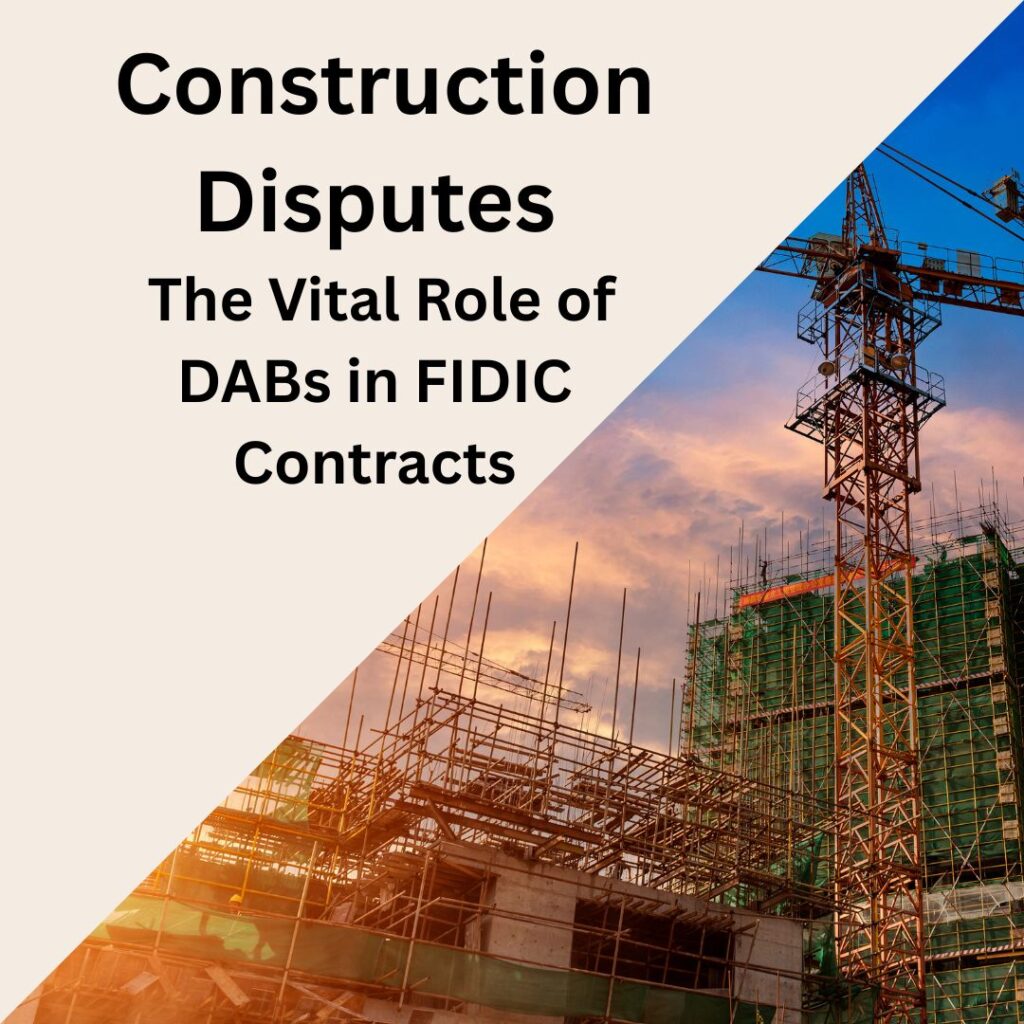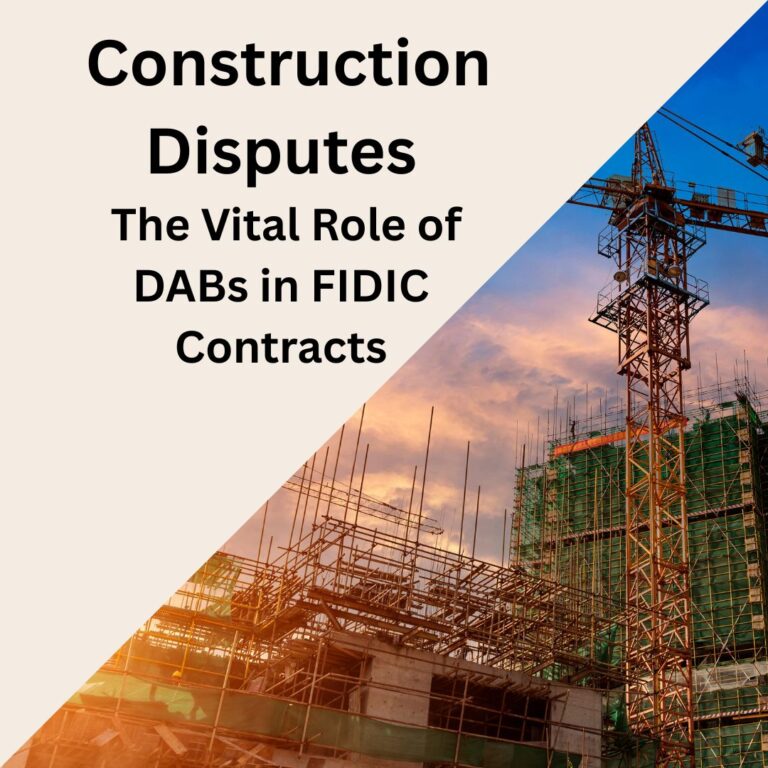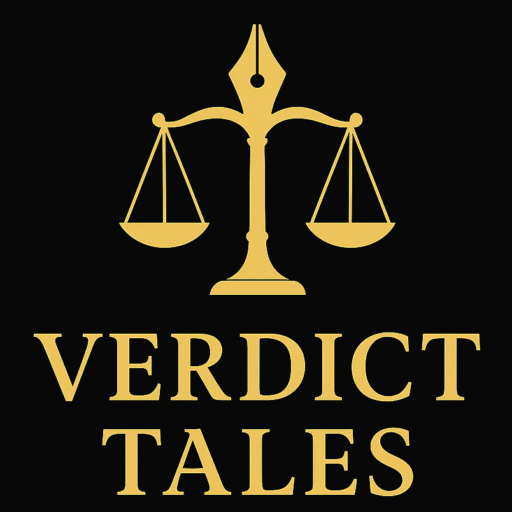
Introduction
In complex construction projects under FIDIC’s Red Book (1999), disputes are inevitable. Clause 20 provides a structured dispute resolution process, with the Dispute Adjudication Board (DAB) as its centerpiece. This article explains how the DAB ensures fairness, prevents costly arbitration, and keeps projects on track.
The Evolution of Dispute Resolution in FIDIC Contracts
Pre-DAB Era: The Engineer’s Role
Earlier FIDIC contracts (e.g., 1987 Red Book) relied on the Engineer—appointed by the Employer—to resolve disputes. Critics argued this created bias, as the Engineer was paid by the Employer.
The World Bank’s Influence
In the 1990s, the World Bank mandated Dispute Review Boards (DRBs) for funded projects. Unlike the Engineer, DRBs were independent but issued non-binding recommendations.
FIDIC’s Innovation: The DAB (1996)
FIDIC refined this concept with the binding Dispute Adjudication Board (DAB), later formalized in the 1999 Red Book. Unlike DRBs, DAB decisions are enforceable unless overturned in arbitration.
Written by; Jehangir Badar




